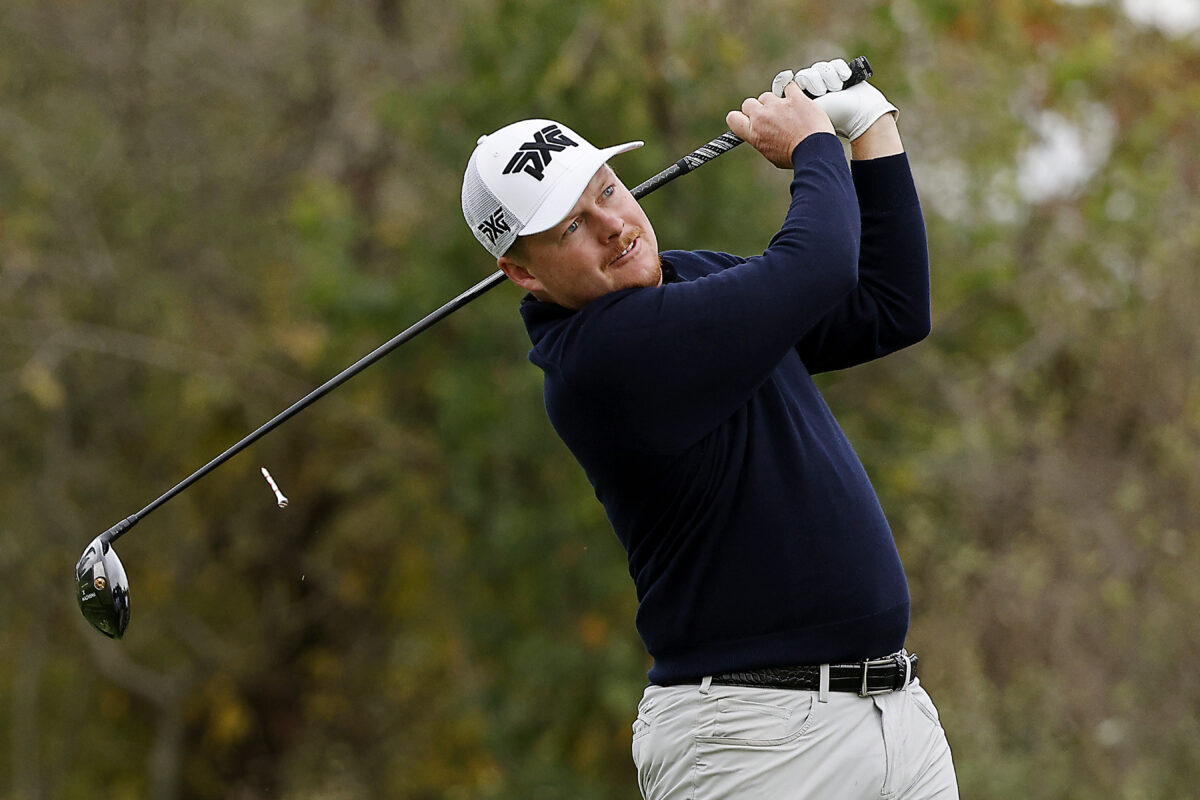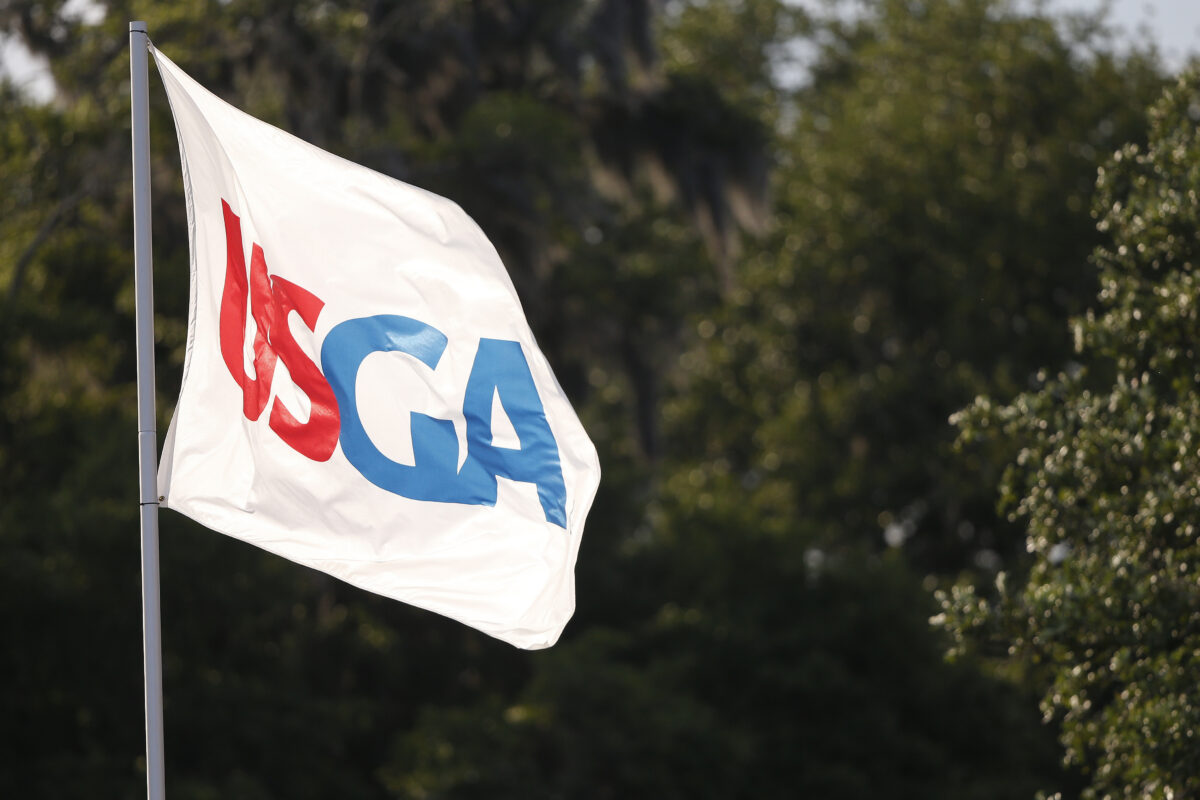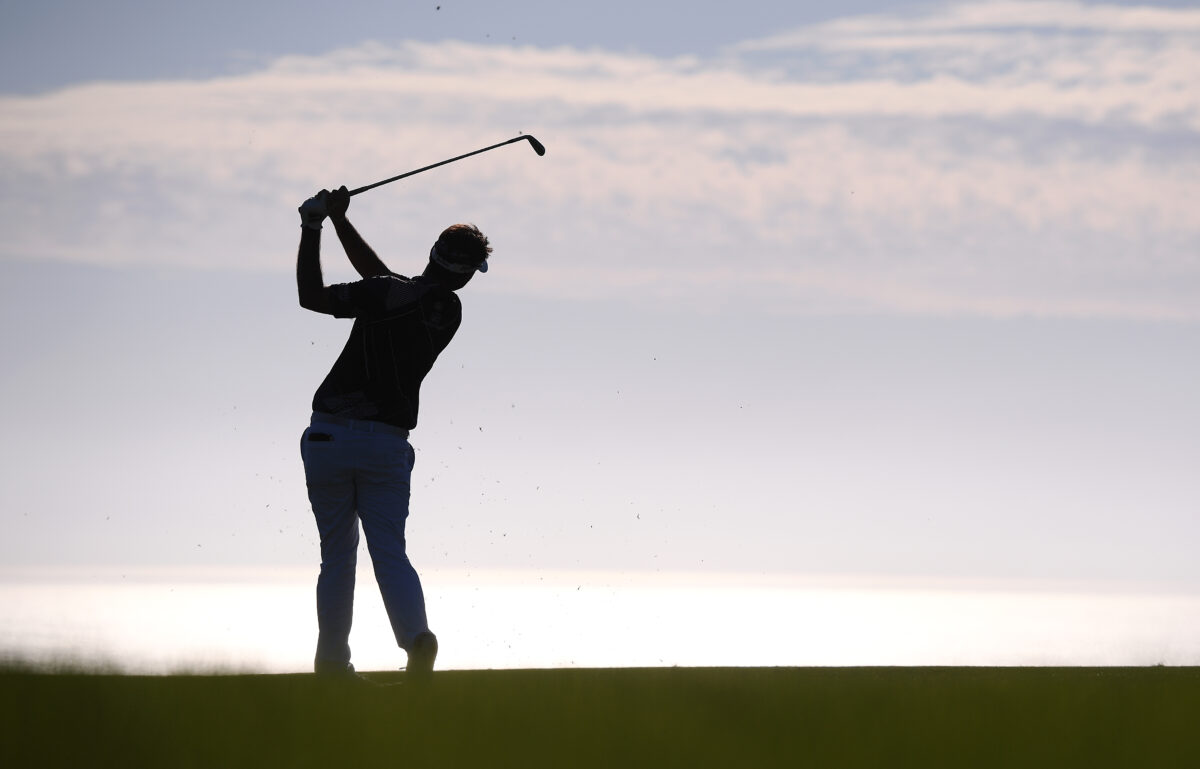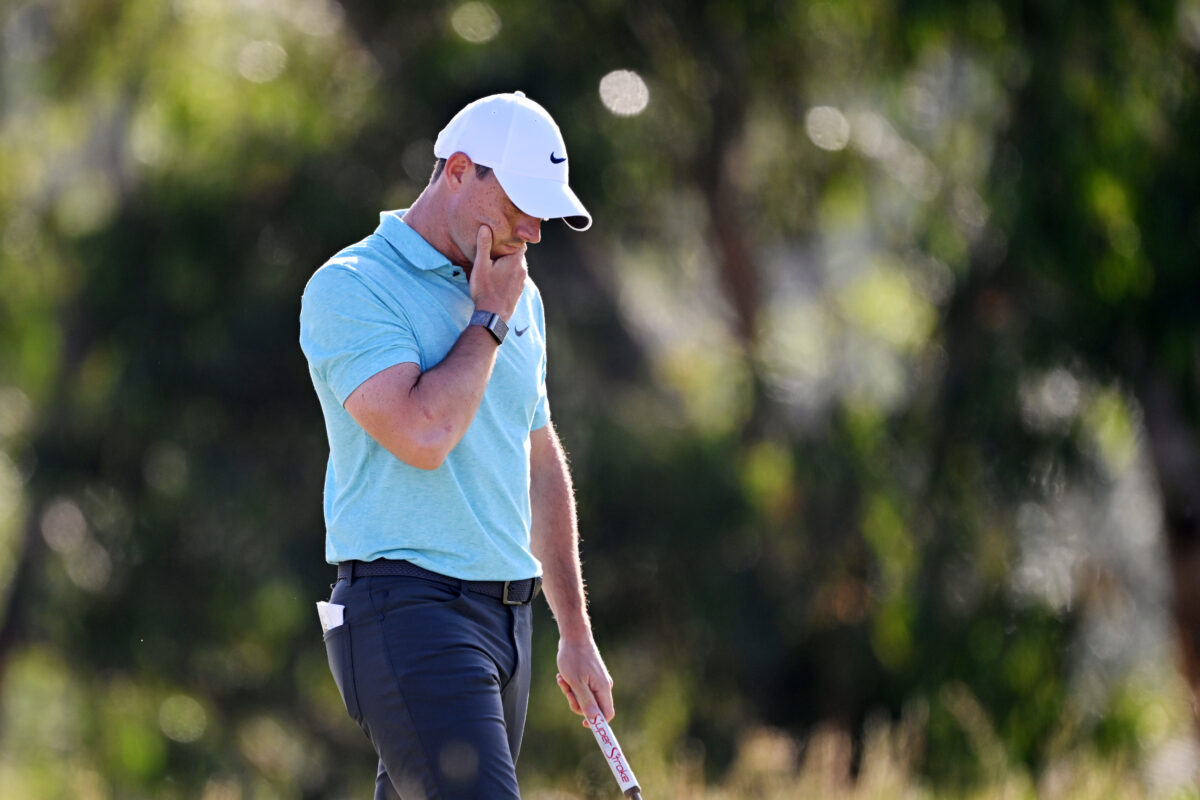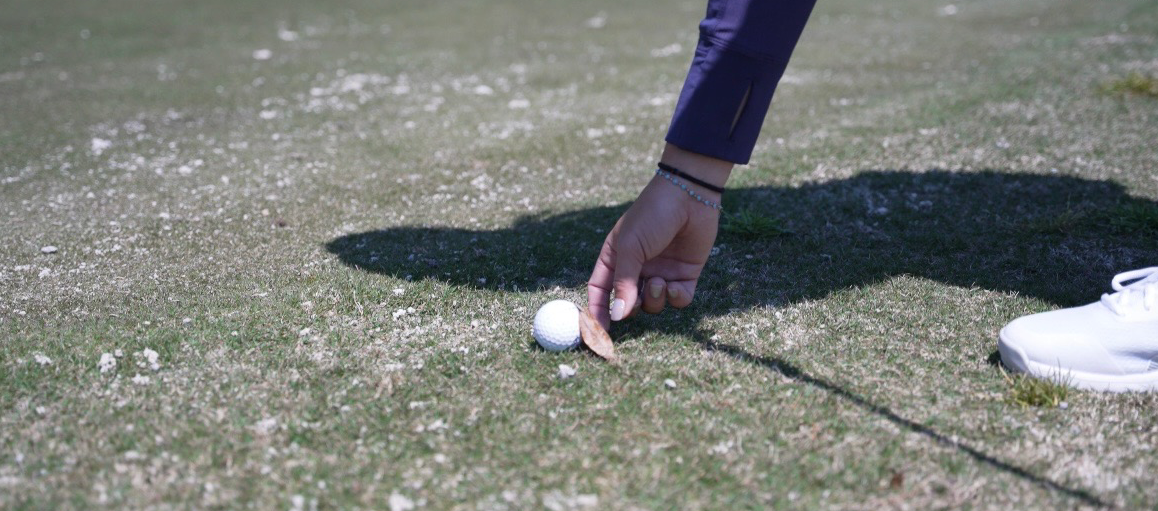Rulings can get interesting on the golf course. Just ask the USGA.
[anyclip pubname=”2122″ widgetname=”0016M00002U0B1kQAF_M8171″]
(Editor’s note: This is the second installment of a three-part series on the Rules of Golf. The first part was a look at the five most-searched rules in 2023.)
Golf is complicated. The rules are complicated. So much so that PGA Tour players still ask to speak with an official during the simplest of rulings to ensure they don’t mistakenly receive a penalty.
And if Tour players can ask for help, so can you.
The United States Golf Association offers a helpline that amateurs around the country can call to ask about the rules of the game.
According to the USGA’s Todd Stice, the organization receives 15,000 rules inquiries — calls, emails, texts — per year and already eclipsed the 10,000 mark for 2023 on July 1.
“Shows you how much the game of golf is booming. Everyone is playing and loving it and wanting to be a part of it,” Stice told Golfweek.
If you ever encounter a situation on the course that entices you to call the hotline, Stice says there’s one thing that will help you and the USGA official et to the solution more efficiently.
“The biggest thing is getting the facts clear to us. The rules are actually very black and white, it’s those facts that are fuzzy. Making sure we know exactly what happened. A person can call me up and just start talking me through a situation and I got to be like, ‘Okay, was this match play or stroke play?’ The rules really fork quite a bit when you’re talking about the differences there.
“That’s the biggest thing. Just making sure that we’re aware of exactly what happened.”
As you’d expect, there have been memorable situations the USGA has had to handle.
“I got a call from a woman who was driving in her car and she had a situation where a ball was in the middle of the fairway and the player put their club down and started waggling it and it moved the ball. And she’s like, ‘So I think that’s a stroke and I just, you know, play it as it lies.’ And I said, ‘Well, the ruling is going to be a little different.’
“Then immediately her husband is in the car, comes on and says, ‘Okay, that was me. What’s the ruling?’ And they start going back and forth at each other and the wife thought it was one thing, she goes, ‘No, it’s a stroke, you play it as it lies,’ and the husband says, ‘There’s no penalty, you put it back,’ and I’m sitting there and they’re both going at each other and I’m like, ‘You guys are you both wrong, I’m sorry.’
“And when I explained it to them, I’m like ‘Alright, there’s a one-stroke penalty and you have to replace it, but it’s not a stroke.’ And they both got quiet for 20 seconds and I’m just kind of sitting there, twiddling my thumbs going, ‘Did you hear me?’ It’s so much fun when you get situations like that where people are — they’re trying to be right. These two were playing against each other and they just went back and forth and they were at each other’s throats until I cleared it up, and they both hung up. You could tell both of them were a little grumpy at the end. But that’s what this game does to us. This game is so fun and passionate.”
While Stice’s first tale was about a married couple, his second was about a dog.
“This one I got about 10 days ago. The guy calls me up on the phone and he’s already laughing. He says, ‘I hit this tee shot on this par 3 that was going to the right of the green and we saw a dog that was just kind of running around over there and didn’t think anything of it, just a dog loose on the golf course. The ball one-hopped, the dog jumps up into the air and catches it in his mouth and runs off into his yard, out of bounds.’ And he’s just laughing as he’s telling this story.
“I started laughing with him, too, and he’s like, ‘We didn’t know what to do, we have no clue what happens here.’
Stice eventually gave the group his ruling, saying the ball is dropped within a club length of where they thought the dog caught it and there’s no stroke penalty involved.
If you’re interested in contacting the USGA, or want to save the information for future rounds, here’s how to get in touch.
Phone: 908-326-1850
Email: rules@usga.org
[lawrence-related id=778370898,778374667,778369205,778367996]

